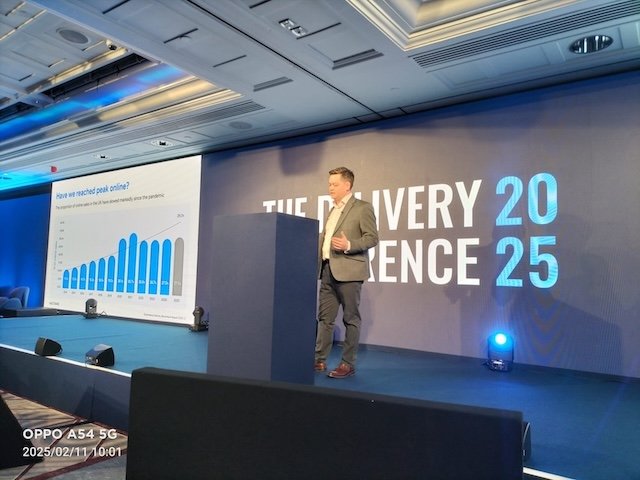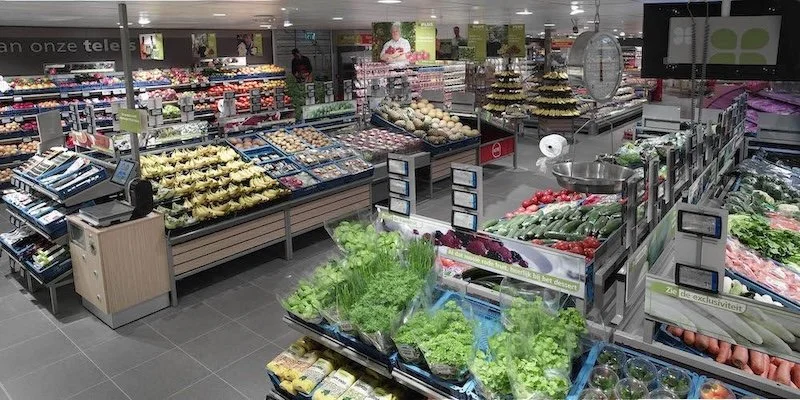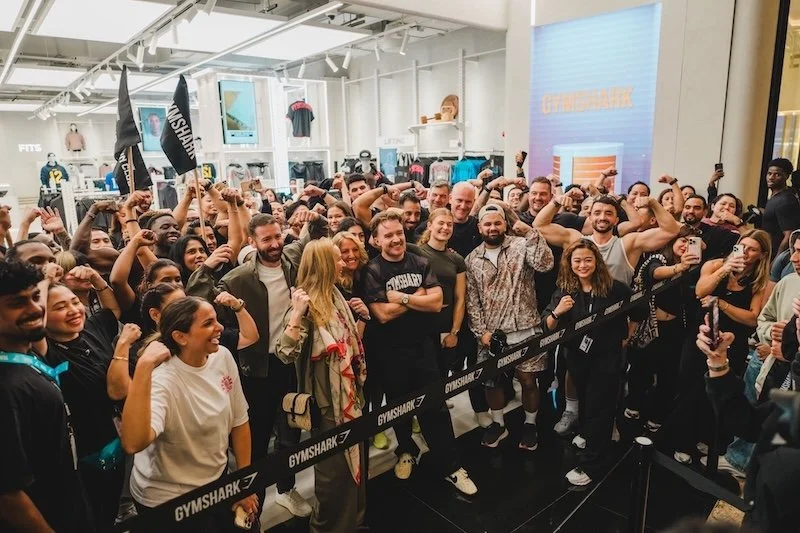TDC 2025 review: unprecedented retail sector change driven by AI, says new e-commerce report
The retail sector is going through a “period of unprecedented change”, said Richard Lim, CEO at Retail Economics as he provided attendees at The Delivery Conference (TDC) 2025 in London with a sneak preview of some of the key findings of the E-commerce Delivery Benchmark Report 2025 at the Royal Lancaster Hotel, notably citing “how AI is changing consumers relationship with retailers” and also search, customer journeys, increasing fragmentation, and so on.
Lim also cited a £54 billion “blip” in e-commerce sales online due to the disruption caused by the Covid-19 pandemic, as he outlined the key findings from his firm’s latest survey of 8,000 global consumers and 400 e-commerce business leaders.
The upward trend in online retail sales pre-pandemic has not been fully restored in the years since, although “growth has returned”, insisted Lim at the opening of TDC 2025 on 11th February, just not on the same strong upward trajectory that was previously evident. “This is due to the cost-of-living crisis, an operational cost crisis for retailers [due to the Ukraine war and energy costs, allied to supply chain disruptions -Ed.]; and many other factors.”
In-store is back
“We’ve also seen a shift back to in-store sales and omnichannel [feeding into it]. Lots of stores have invested to close the gap with pure online rivals,” added Lim.
“There is a more complex and competitive landscape now,” he continued, pointing out to TDC 2025 attendees that: “Growth will be more difficult in the next quarter century of e-commerce, since its initial rise 25 years ago. There is an inflexion point now.”

Growth drivers
Lim focused on five growth drivers in turn, which will drive this inflexion point forward and flow from the findings of his report. These are:
Gen AI
Social commerce
Marketplaces
Next-generation customer experiences (CX)
Internationalisation.
For the first of these growth drivers, Lim suggested TDC 2025 attendees check out the US’ Perplexity Pro AI search platform and ecosystem to see how search is changing under the impact of AI - it’s not just all about Google and traditional SEO strategies anymore. Increasingly the consumer will be control as AI is optimised for the user, not the retailer.
“For instance,” said Lim, “if I’m planning a birthday party for my daughter and her guests I’m going to need cake, balloons and so on. AI can effectively be a party planner for me.” How do retailers become part of those recommendations?
Some key findings: First growth driver is AI
Retail Economics' report highlighted the four key cohorts driving Gen AI adoption, or not, in the retail sector, identifying and segmenting the 400 retailers it surveyed into:
Tech trailblazers: representing 23% of firms that have invested heavily in AI.
Scaling innovators: representing 49% that are actively expanding AI use.
Cautious experimenters: representing 25% that are testing and learning with AI in limited operational areas.
Digital laggards: on 4% are not currently using AI at all.
According to Lim, the respective growth figures for each of these types of firms are 7.5% growth v 5.5% v 4.3% v only 2.4% growth for the digital laggards.
Social commerce is another growth driver
Lim focused on social growth next, pointing out that his firm’s survey of 8,000 global consumers showed that one in five made a social purchase last year, rising to 75% “for Gen Z respondents”.
“I expect this sector to grow massively,” he said. “Social commerce was already worth $9.2 billion in the UK last year … in the US it was $91 billion, with an expectation of $141 billion by 2028.”
“Tik Tok is already the second largest beauty retailer in the UK,” added Lim, advising people to look at it, AI, and the three other aforementioned growth drivers his report identified.






























Continue reading…